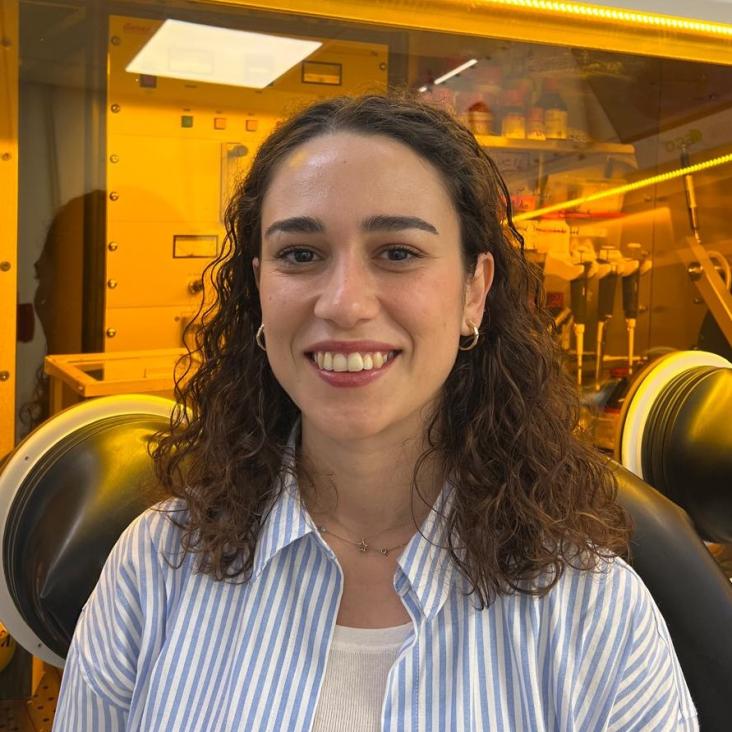Self-assembled molecules as selective contacts in CsPbBr 3 nanocrystal light emitting diodes
Journal of Materials Chemistry C Royal Society of Chemistry (RSC) 11:11 (2023) 3788-3795
Vis–NIR Electrochromism and NIR–Green Electroluminochromism in Dual Functional Benzothiadiazole‐Arylamine Mixed‐Valence Compounds
Advanced Optical Materials Wiley 11:1 (2023)
Challenges and strategies toward long-term stability of lead-free tin-based perovskite solar cells
Communications Materials Springer Nature 3:1 (2022) 104
Enabling water-free PEDOT as hole selective layer in lead-free tin perovskite solar cells
Materials Advances Royal Society of Chemistry (RSC) 3:24 (2022) 9083-9089
Increasing the stability of perovskite solar cells with dibenzofulvene-based hole transporting materials
Electrochimica Acta Elsevier 432 (2022) 141190


